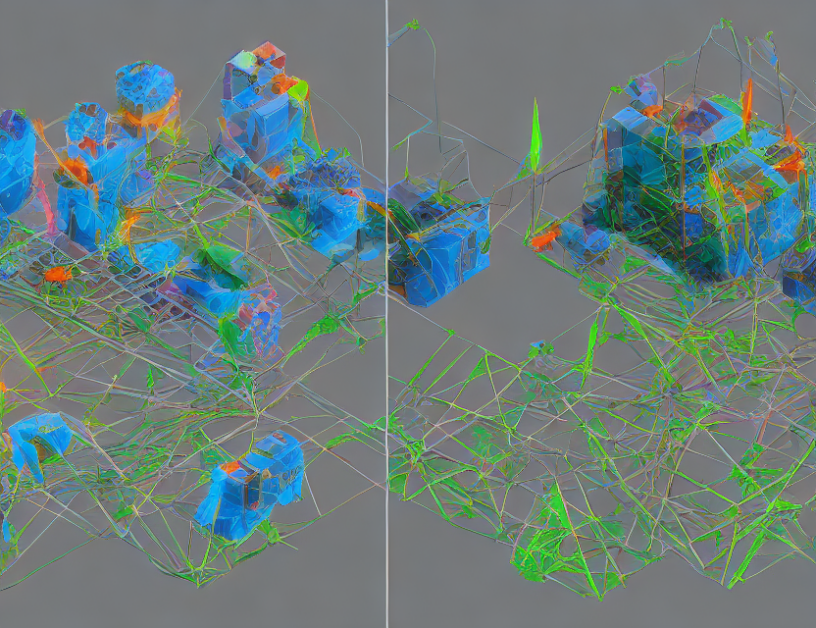In this article, we’ll delve into the fascinating realm of neural network compression, a rapidly evolving field that seeks to streamline the complex computations of artificial intelligence models. By distilling the key concepts and shedding light on the underlying mechanisms, we hope to make these techniques more accessible and easier to grasp for readers.
Section 1: Introduction
In recent years, there’s been a growing interest in reducing the computational burden of neural networks, as they continue to play a crucial role in various applications, from image recognition to natural language processing. This has given rise to a new area of research focused on compressing these models without compromising their accuracy.
Section 2: The Need for Compression
To appreciate the significance of neural network compression, let’s consider a scenario where you’re working with a deep learning model that requires an enormous amount of computational resources. Imagine having to perform this task on a device with limited power or memory – it would be like trying to run a marathon in a small room with minimal ventilation! This is where compression comes into play, allowing us to optimize these models for more efficient processing.
Section 3: Compression Techniques
Several techniques have emerged to tackle neural network compression, including pruning, quantization, and knowledge distillation. Pruning involves removing redundant or unnecessary neurons, while quantization reduces the precision of the model’s weights and activations. Knowledge distillation, on the other hand, transfers the knowledge from a larger, more complex model to a smaller, simpler one – like mentoring a young athlete to reach their full potential!
Section 4: Evaluating Compression Methods
To evaluate the effectiveness of these techniques, we compare them with a baseline model using four text classification datasets. We measure the computational efficiency using a FLOP ratio and assess the accuracy of the models using the F1-score. By doing so, we can determine which methods result in the most significant improvements without compromising performance.
Section 5: Conclusion
In conclusion, neural network compression is an exciting area of research that promises to revolutionize the field of artificial intelligence. By compressing these models without sacrificing accuracy, we can unlock new possibilities for real-world applications, from natural language processing to image recognition and beyond. As this field continues to evolve, we’ll witness even more innovative techniques emerge, ensuring that AI remains a powerful tool for years to come!



